The Serpent Is Netflix’s New Visually Arresting Murder Mystery
- Oops!Something went wrong.Please try again later.
We love a good Netflix crime series no matter what, but not all of them deliver sets as visually appealing as the ones in the streaming service’s latest offering, The Serpent. The eight-episode limited series follows the real-life story of Charles Sobhraj, a notorious con man who carried out an outlandish crime spree on the Hippie Trail across South Asia in the 1970s.
The twisting tale details how Sobhraj (played by Tahar Rahim) managed to be a master of disguise, slipping through cities and crossing borders, hitting Malaysia, Hong Kong, India, and Thailand, among other countries. The French-born Sobhraj, who has Vietnamese and Indian roots, is a serial killer who was prosecuted in 1976 for murdering 12 tourists he targeted for being hippies. He served 21 years in India, returned to Paris in 1997, then in 2003 returned to Nepal, where he received a life sentence. He is 77 today.
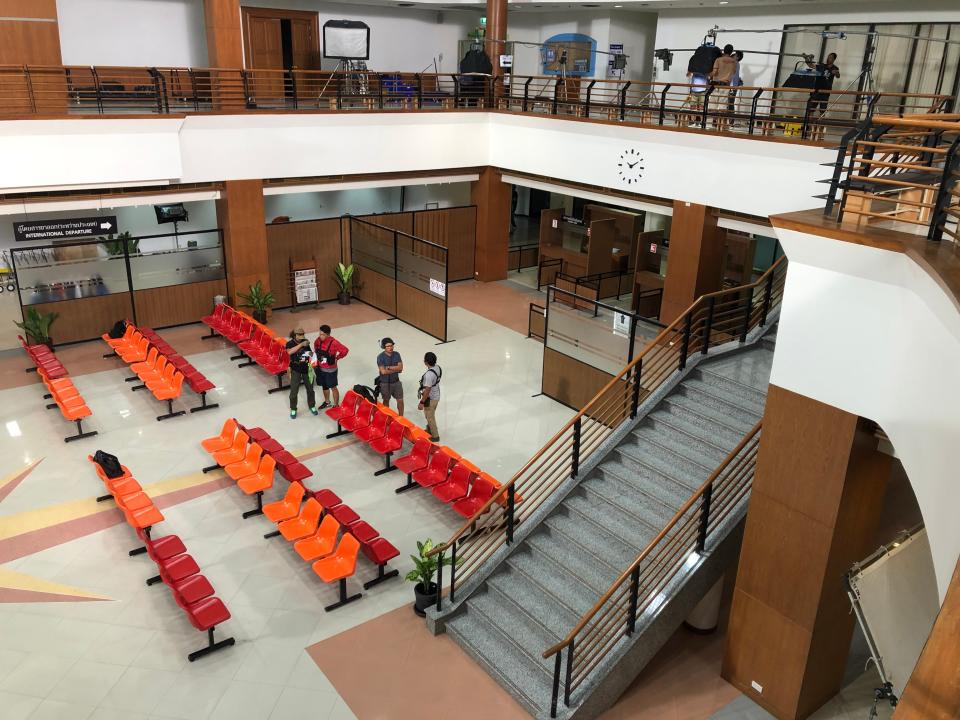
The show’s production designer, François-Renaud Labarthe, is accustomed to creating retro gangster crime sets that feature a mix of 1970s high glamour and gritty runaway hideouts. He previously worked on Olivier Assayas’s film Wasp Network.
“When you visit Bangkok, everything is still a bit in the 1970s, that’s what’s funny about it,” Labarthe tells AD. “It was easy to find retro shooting locations and props.” The color palette was one of his top priorities: “Everybody thinks the 1970s are orange and brown, but when you’re in Bangkok, Pakistan, and India, there are a lot of tropical greens as well as earth tones.”
The team began shooting in 2019 in a run-down apartment block in central Bangkok, similar to the type of building where Sobhraj lived in 1975 and 1976. “We had to deal with the fact that the place was dilapidated, run-down, not so clean,” says Labarthe. “But with better furniture, more 1970s details, and refilling the swimming pool with water, we were ready to shoot.”
Sobhraj was nicknamed the Serpent for poisoning his victims with pills. He was also known as the Bikini Killer for targeting tourists on the beach. The team shot the beach scenes in Thailand at the Khao Sam Roi Yot National Park and the Vajiralongkorn Dam, which was meant to depict Dal Lake in Kashmir.
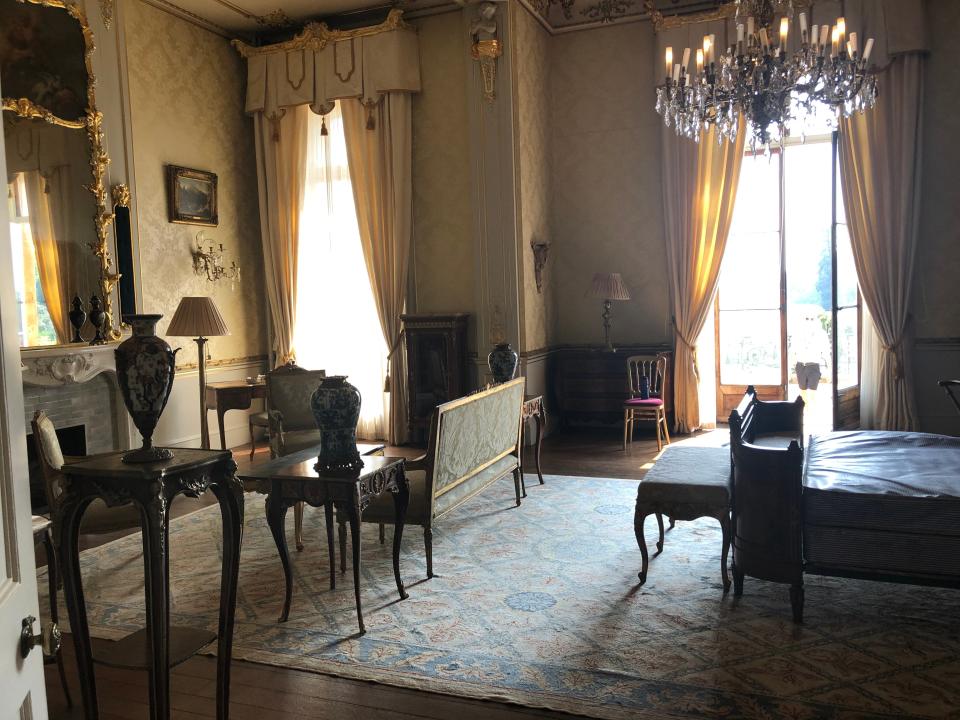
After the pandemic hit, Team Serpent returned to England and shot scenes depicting various cities inside English manor homes. Delhi, Bombay, and Karachi were recreated inside the Tring Park School for the Performing Arts in Hertfordshire, a mansion built in 1685 by Sir Christopher Wren, with sets made to look like Nepal, India, Pakistan, and Afghanistan.
“In Tring, we used a dance studio to create a small café that was supposed to be in Pakistan, a copy of something we already shot in Thailand,” says Labarthe.
They also shot at Wrest Park, a manor house in Bedfordshire, where they created the set for Paris and parts of Bangkok. “We were in the middle of the pandemic, it was difficult to shoot,” says Labarthe. “Anywhere near or in London was impossible to shoot in.”
Adrian Anscombe, one of the set decorators on the British part of this shoot, says the team worked with furniture and set decor companies in northwest London to recreate Bombay, New Delhi, Karachi, and Paris. The other team members included set dresser Sam Creed, props dresser Dean Brandon, and production designer assistant Teresa Hurtado Escobar.
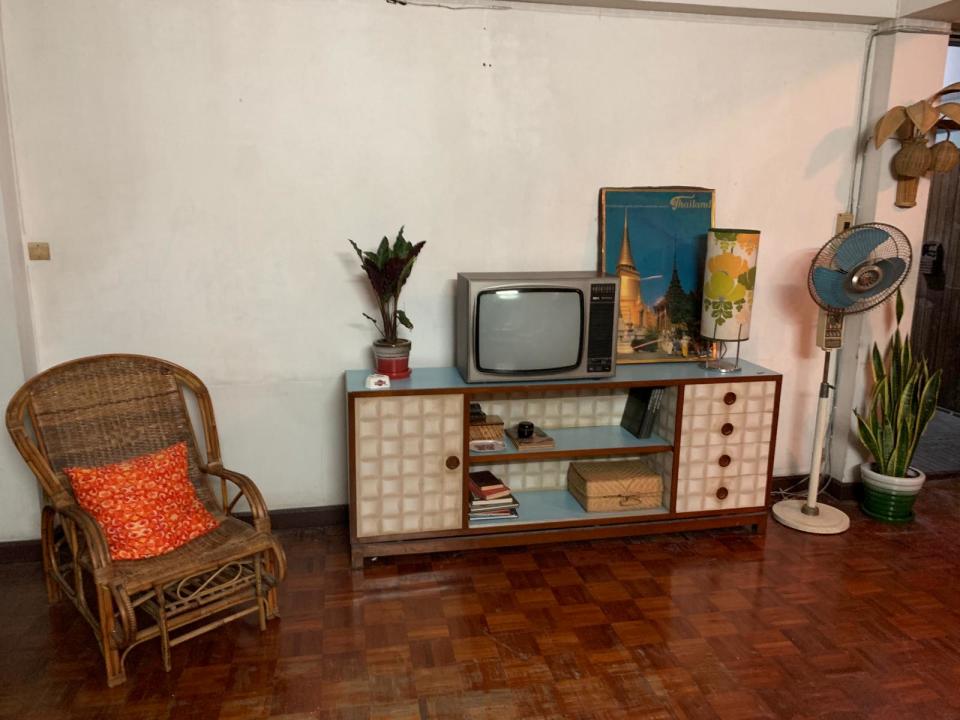
“The use of locations, paint colors, getting retro wallpapers reprinted, and fabrics all helped us create the backdrop for the series,” says Anscombe. “Fashion trends tend to come back, and the 1960s and 1970s are very popular, so we were able to get the right look with midcentury furniture in mint condition, as well as newspaper stands, vehicles, and magazines from the time.”
Old TV footage from the era was used in the series, and Labarthe and Anscombe’s job was essentially about fusing this together with the new scenes shot in Thailand and England. “We wanted to keep the continuity of colors from old TV episodes while capturing this colorful decade that was big on interior design, style, and art,” says Labarthe. “It was truly a creative period.”
The Serpent Is Netflix’s New Visually Arresting Murder Mystery
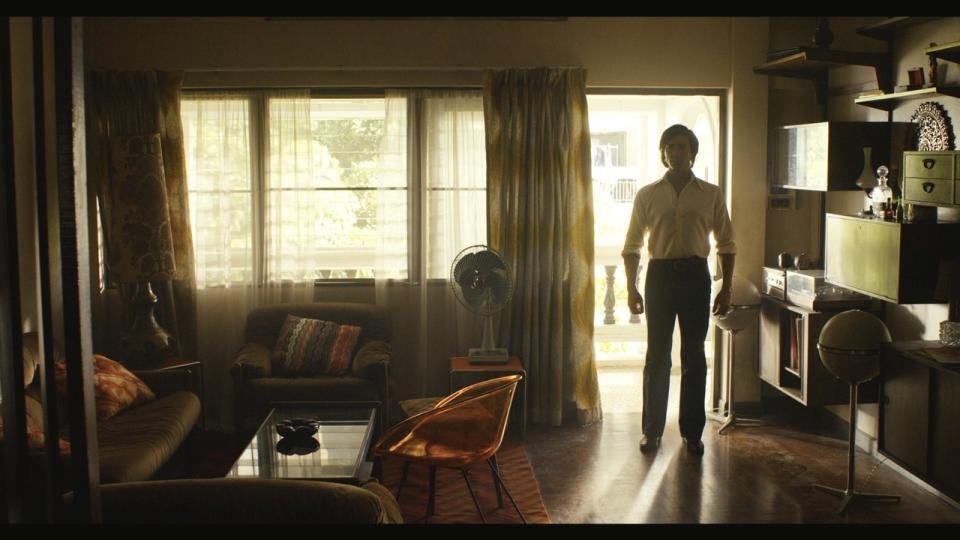

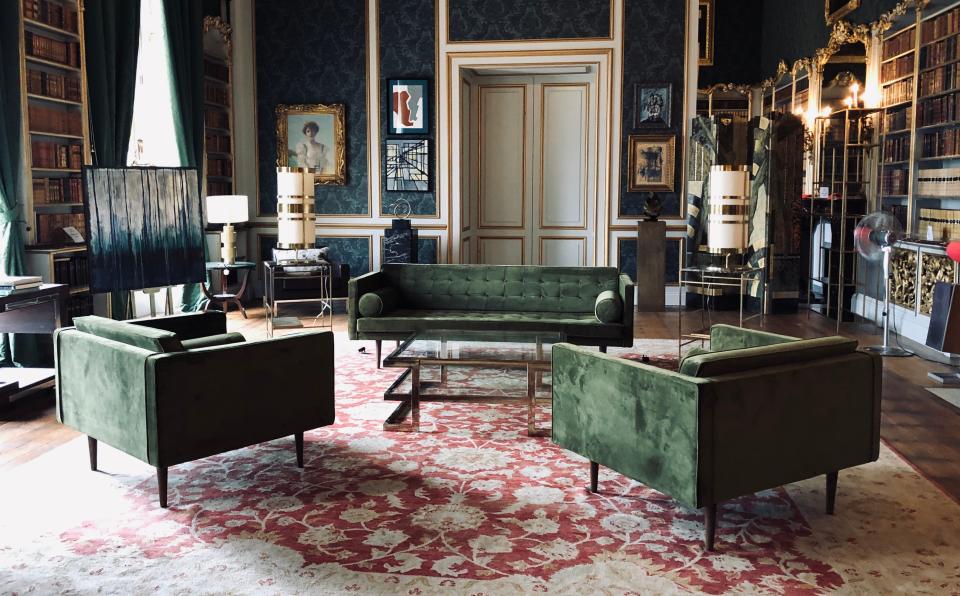
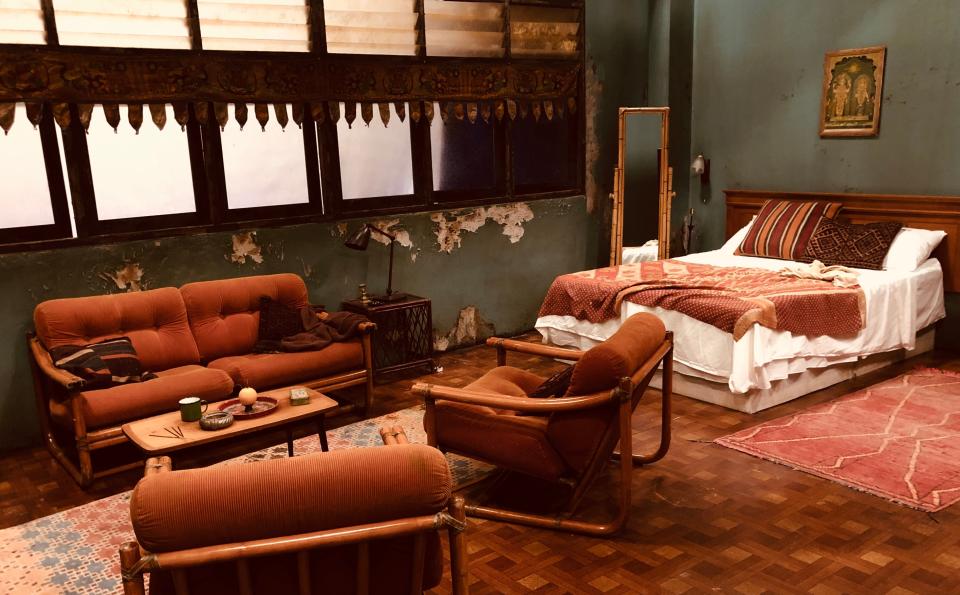
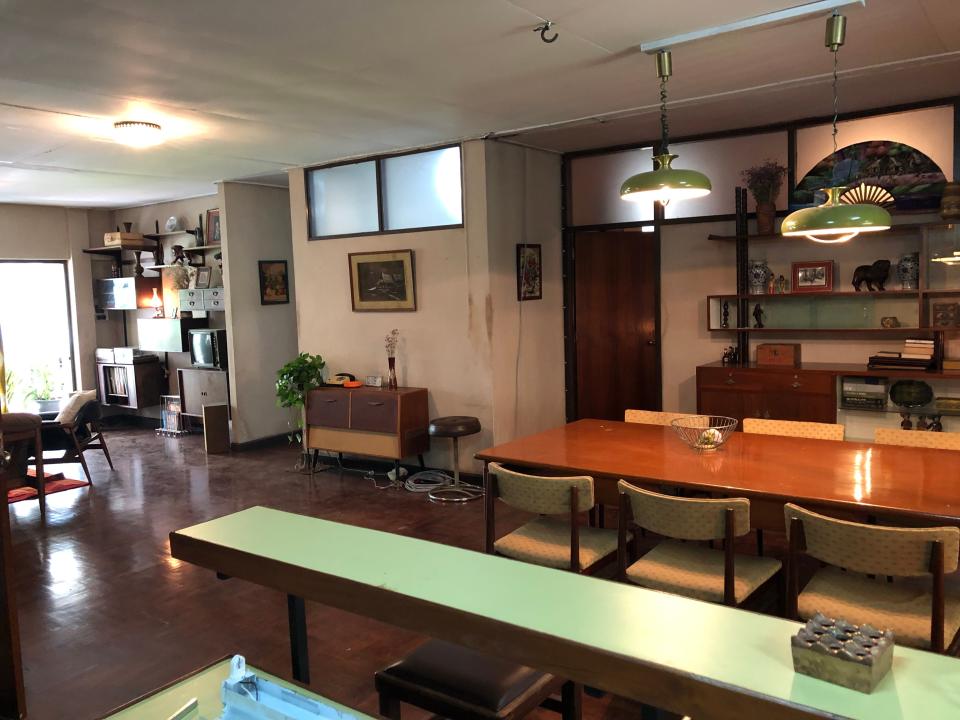

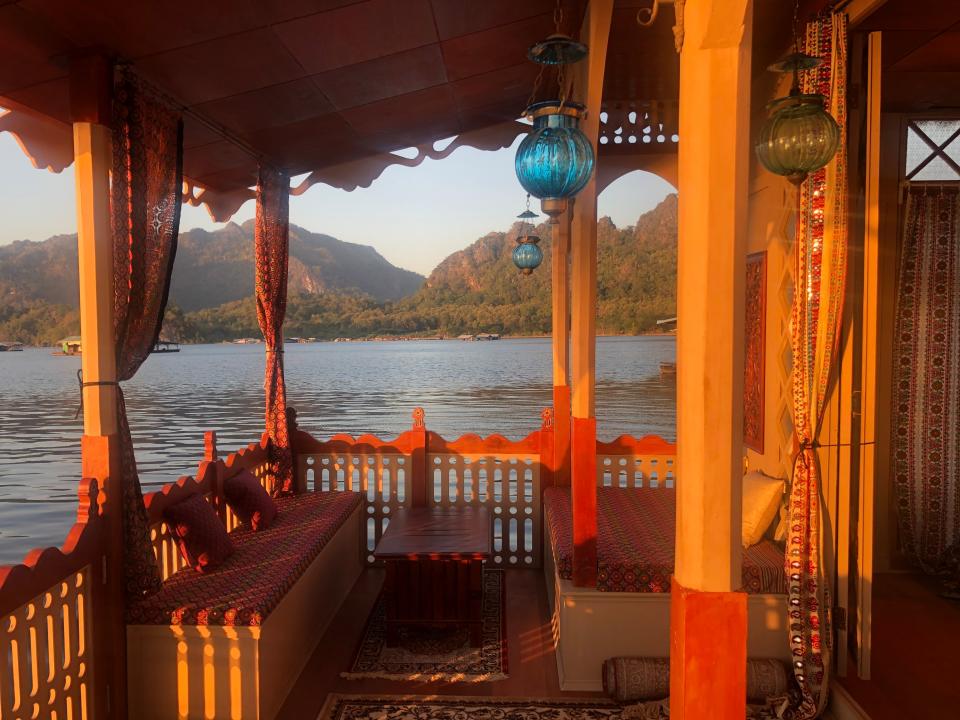

Originally Appeared on Architectural Digest

